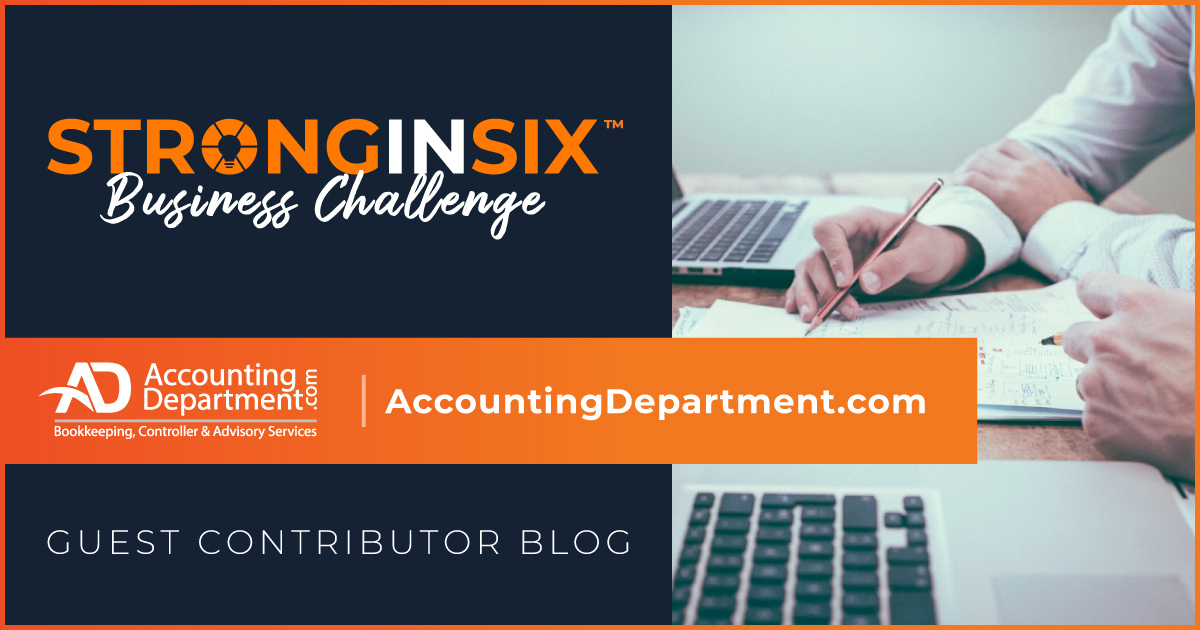
In business strategy, key performance indicators (KPIs) are the guiding stars illuminating the path to success. The EOS® term for KPIs is Measurables. When integrated into the Scorecard, these metrics become even more critical, serving as the North Star for organizations navigating the complex terrain of strategic planning and execution.
Measurables can gauge a business’s performance comprehensively, pinpoint areas for improvement, and ultimately drive the fulfillment of long-term goals. Let’s delve deeper into the pivotal role Measurables play in Scorecards and why they are indispensable tools for any forward-thinking organization.
The Cornerstone of Strategic Planning
Measurables track a business’s performance, helping identify areas for improvement and serving as the foundation for strategic planning. They provide crucial insights into financial health, growth potential, salability, investment attractiveness, and lender appeal, all essential for executing strategic plans.
Navigating the Measurable Maze
Numerous departmental Measurables require tracking, including marketing, customer service, and financial management. Determining which Measurables matter the most for long-term strategic planning is paramount in this data avalanche.
Taking Action Before Planning
Remedial Actions
Before diving into strategic planning, address issues unearthed by your Measurables. Implement corrective measures in policies, systems, revenue streams, production, and services to ensure that the path to your strategic goals remains clear. Your accounting and reporting processes are the key to your success and should provide the foundation for keeping your Measurables on track.
Monitor Progress
Continuously track and assess the progress of corrective actions. Give adjustments time to improve Measurables before incorporating them into your strategic calculations.
Examples of Measurables for Strategic Planning
1. Working Capital
- Definition: Cash readily available, including short-term investments, cash on hand, receivables, accounts payable, loans, and accrued expenses
- Significance: Reflects the ability to meet short-term obligations with available funds
- Calculation: Current assets minus financial liabilities
2. Current Ratio
- Definition: The ratio of financial assets to liabilities
- Significance: Measures the ability to cover financial commitments and maintain credit standing for funding growth initiatives
- Calculation: Total assets divided by total liabilities
3. Debt-to-Equity Ratio
- Definition: Measures profitability and reliance on shareholder investments
- Significance: Indicates the amount of debt accrued in pursuit of growth
- Calculation: Total liabilities divided by shareholder equity
4. Operating Cash Flow
- Definition: Reflects the ability to cover day-to-day expenses and capital investments for growth
- Significance: Key for decisions on new capital investments in the growth strategy
- Calculation: Total operating income (excluding depreciation) minus taxes, adjusted for working capital changes
5. Customer Acquisition Cost to Lifetime Value
- Definition: The customer acquisition cost represents marketing and sales costs to acquire a customer; the lifetime value is the value customers bring over their entire engagement
- Significance: Gauges sales and marketing efficiency and commercial investment value
- Calculation: Total cost of sales and marketing divided by the total number of acquired customers
6. Inventory Turnover
- Definition: Measures the average amount of inventory sold in a period
- Significance: Reflects inventory movement efficiency and production system effectiveness
- Calculation: Total sales divided by average inventory
7. Return on Equity
- Definition: Indicates the wealth generated relative to shareholder investment
- Significance: Demonstrates profitability and management efficiency
- Calculation: Net income divided by shareholders’ equity
Other Measurables
Recurring Revenue Metrics
Measures reliable income generators with minimal additional cost
Revenue Exit Rate
Predicts recurring revenue for the coming year, excluding new sales, used in business valuation
Accounts Receivable Turnover
Reflects customer payment collection rate, calculated as total sales divided by average accounts receivable
Customer Satisfaction
An indicator of long-term sustainability that is often measured using the net promoter score
Conclusion
Measurables are the compass for strategic planning. While metrics like revenues, expenses, and gross and net profits are fundamental, these Measurables provide a holistic view of your business’s financial health, sustainability, and growth potential. By regularly tracking and analyzing these key indicators, businesses can make informed adjustments and plan a prosperous future.
AccountingDepartment.com
Email | Facebook | Instagram | Threads | X




